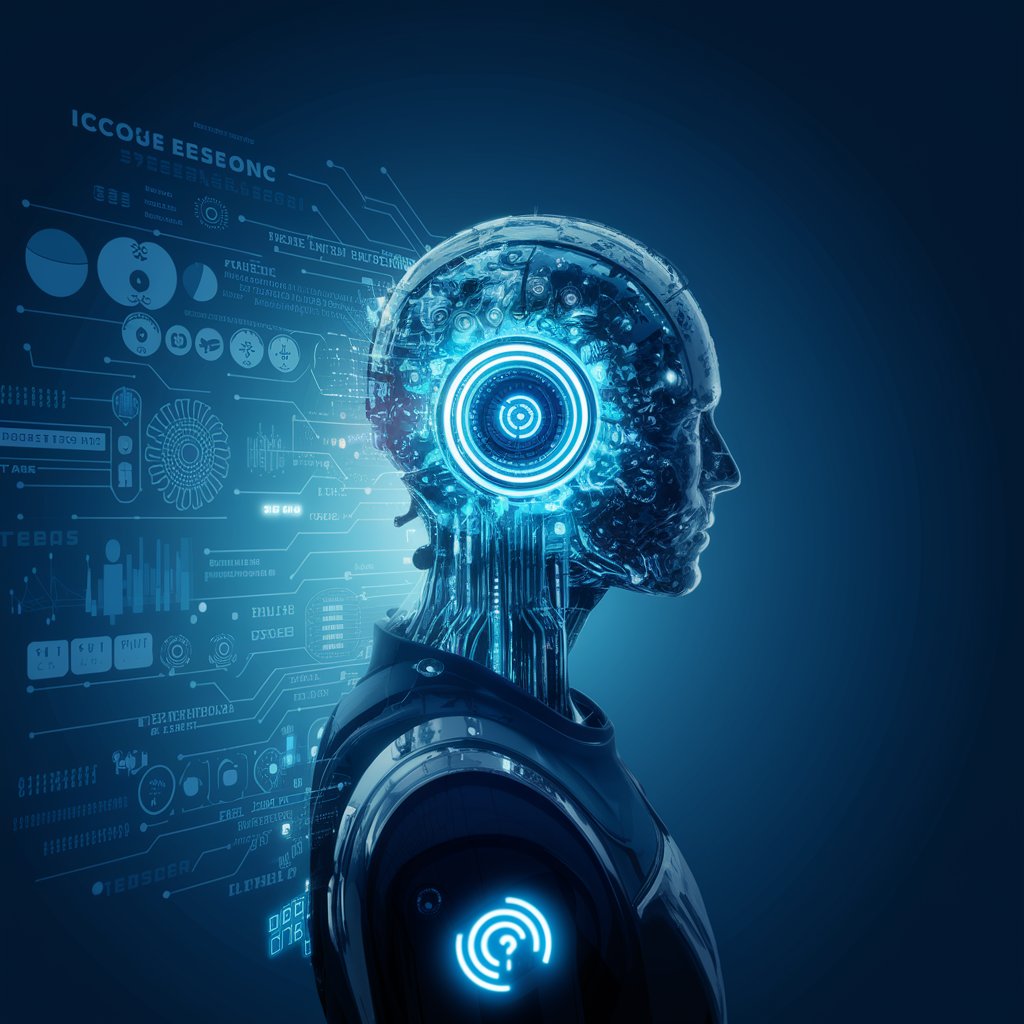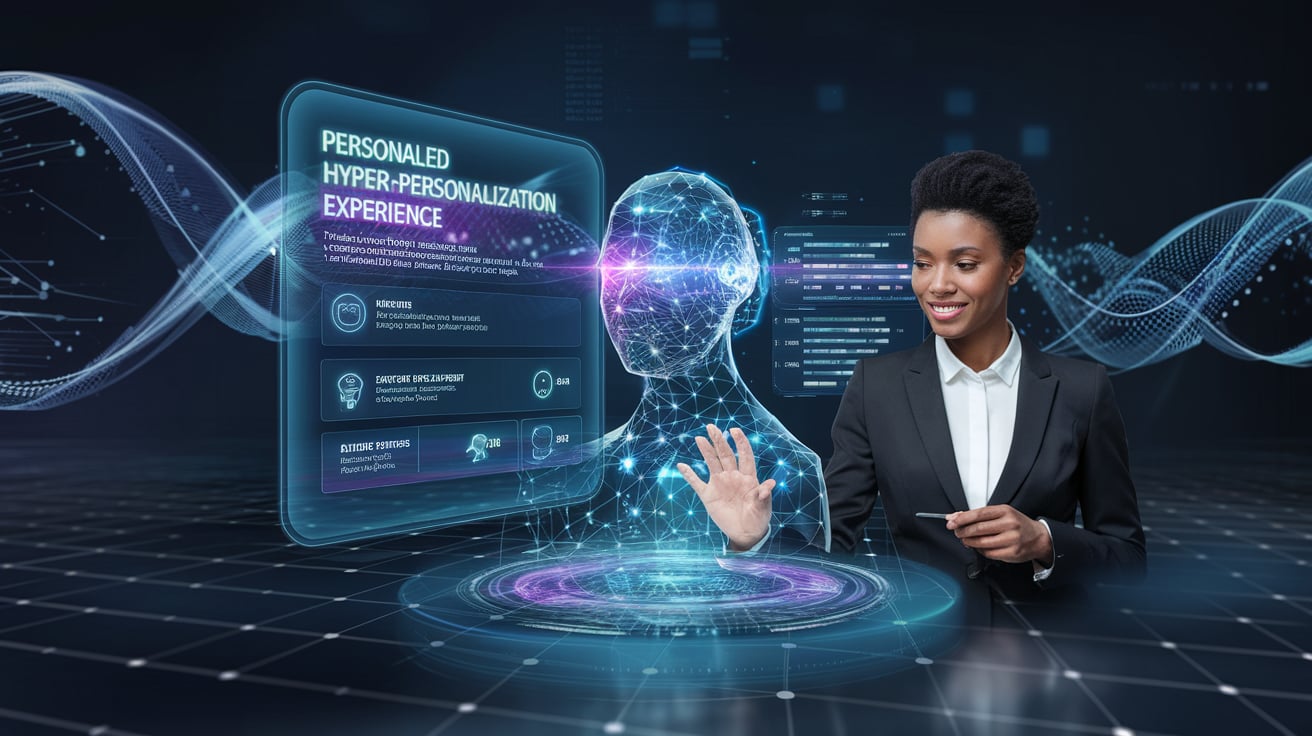In the bustling digital marketplace of 2025, the concept of personalization has undergone a profound transformation. Gone are the days of broad segmentation and generic recommendations. Today, the leading edge is defined by hyper-personalization, a sophisticated approach that leverages the power of artificial intelligence to deliver experiences so finely tuned to individual needs, preferences, and real-time contexts that they feel uniquely crafted for each person. This isn’t just about knowing a customer’s name; it’s about understanding their unspoken desires, anticipating their next move, and providing value at precisely the right moment.
The shift towards hyper-personalization is driven by a confluence of factors. Consumers, increasingly savvy and bombarded with information, now expect brands and services to truly “get them.” They crave relevance and are more likely to engage with and remain loyal to companies that demonstrate a deep understanding of their individual needs. This expectation extends beyond commercial interactions, permeating how individuals interact with information, education, and even public services.
At the heart of this revolution lies artificial intelligence. AI algorithms possess the remarkable ability to sift through vast oceans of data encompassing past behavior, stated preferences, real-time context like location and device, and even subtle cues gleaned from interactions to build incredibly detailed individual profiles. This granular understanding allows businesses and organizations to move beyond simple demographic based targeting and into the realm of truly individualized experiences.
The Mechanics of Hyper Personalization
1. Deep Data Collection and Integration
It starts with gathering data from various touchpoints website interactions, app usage, purchase history, social media activity (with appropriate consent), and even sensor data. AI then integrates and harmonizes this disparate information to create a unified view of the individual.
3. Real-Time Contextualization
Hyper-personalization isn’t static. AI continuously monitors real-time context, such as location, time of day, device being used, and even current mood (inferred from interactions), to tailor experiences to the immediate situation.
5. Continuous Optimization and Learning
The system constantly learns from user interactions, refining its understanding of individual preferences and improving the accuracy and effectiveness of its hyper personalized offerings.
2. Advanced Analytics and Insights
Machine learning algorithms analyze this rich dataset to identify patterns, predict future behavior, and understand individual preferences at a granular level. This goes beyond simple recommendations, delving into understanding why a person prefers a certain product or content.
4. Dynamic Content and Experience Delivery
Based on the insights and real-time context, AI dynamically adjusts the content, product recommendations, service offerings, and even the user interface to match the individual’s specific needs and preferences at that precise moment.
Examples of Hyper Personalization in Action
Imagine an online shopping experience where product recommendations aren’t just based on past purchases but also on what you’ve recently browsed, items in your virtual cart, and even the weather in your location. AI-powered chatbots act as personal shopping assistants, answering specific questions and guiding you through the purchase process with tailored advice. Some platforms even dynamically adjust pricing based on individual price sensitivity, gleaned from past behavior.
Streaming services are masters of hyper personalization, recommending movies, shows, and music based on your viewing history, ratings, and even the time of day. News outlets are increasingly tailoring articles and topics to individual interests, creating personalized news feeds.
AI powered learning platforms analyze a student’s progress, learning style, and areas of difficulty to create customized learning paths, provide targeted feedback, and offer resources tailored to their specific needs. This ensures that each student receives the support they need to succeed at their own pace.
Personalized medicine, a key application of hyper-personalization in healthcare, utilizes an individual’s genetic makeup, lifestyle, and medical history to tailor treatments and predict potential health risks. AI analyzes vast amounts of patient data to identify the most effective therapies and dosages for specific individuals.
Banks and financial institutions are using AI to offer personalized financial advice, recommend tailored investment strategies, and detect fraudulent activity based on individual spending patterns.
Governments are beginning to explore “AI-powered constituent experiences” to provide citizens with seamless and personalized access to services and information. Imagine a city app that provides personalized alerts about traffic disruptions based on your commute route and suggests relevant local events based on your interests.
The Rise of Privacy First Personalization
As hyper-personalization becomes more sophisticated, the crucial importance of data privacy and transparent data usage cannot be overstated. Consumers are increasingly aware of how their data is being used and are demanding greater control and transparency. This has led to the rise of “privacy-first personalization,” where businesses prioritize building trust by relying on zero-party data (information explicitly and willingly shared by users) and first-party data (information collected directly from users through their interactions with the brand) to create tailored experiences. This approach not only respects user privacy but also fosters stronger customer relationships built on trust and transparency.
Challenges and the Path Forward
While the benefits of hyper-personalization are undeniable, there are challenges to navigate:
- Data Silos: Breaking down data silos within organizations is crucial to creating a holistic view of the individual.
- Algorithmic Bias: Ensuring that AI algorithms are fair and unbiased is essential to avoid discriminatory outcomes.
- Transparency and Explainability: Users need to understand how their data is being used and how AI is driving personalized experiences.
- Ethical Considerations: Striking the right balance between personalization and potential privacy intrusions is paramount.
The future of customer experience is undeniably intertwined with AI powered hyper personalization. As AI continues to evolve and data management practices become more sophisticated and privacy-focused, we can expect even more nuanced and impactful personalized experiences. Businesses that embrace this paradigm shift, prioritizing both personalization and user trust, will be best positioned to thrive in the increasingly competitive digital landscape of 2025 and beyond. The era of one has arrived, and those who truly understand and cater to the individual will be the leaders of tomorrow.


